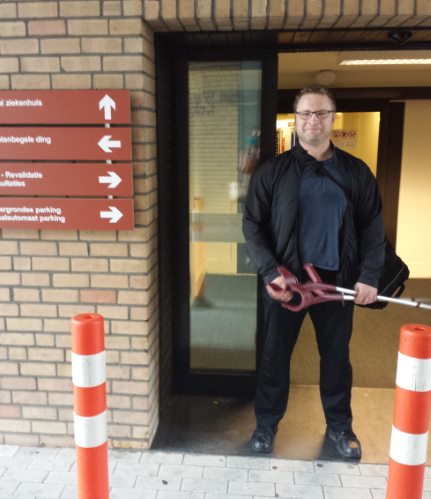There is a commonly used phrase in martial arts and self-defense circles, one you can hear or read when practitioners from one art see a technique from another art:
We do that too in our style.
It’s right up there with phrases like:
A punch is just a punch.
or
The human body can only move in so many ways.
I disagree with all three of these phrases, but I’ll only talk about the first one here. In essence, it boils down to the “the differences are just as important as the similarities” theme you can find in all of my writing. If you see a technique and all you look at are the similarities, skipping straight ahead to the “we do this too” part, then you miss the opportunity to learn something. I feel that the better response is to focus on the differences and everything else that you don’t know about that art. The main problem is that you can only do so in a qualified manner by actually practicing that art. Which is what most people don’t do. They just look at the superficial similarities, label that technique as “similar” to one of theirs and move on. That’s a shame.
There are two broad categories you can look at when digging for these differences: physical and abstract.
The physical category is things like body mechanics, angles, footwork, distancing, etc. In many ways, this is all relatively easy to spot, except for body mechanics. A technique may look similar to what you do, but feel radically different when you’re on the receiving end of it if the person has different body mechanics than found in your art. This is why it’s often necessary to have somebody use the technique on you before you know what’s going on.
A second trap is understanding camera angles and how you create clear instructional footage. The technique may look a certain way to you, but depending on many factors, you could be completely mistaken. I wrote a three-part series called How to Learn Techniques from Video in which I explain some of them. The main gist of it is this: the camera lies. It doesn’t tell the truth, only one part of it.
The abstract category is more difficult to get a hold of. It comprises of all the concepts and choices that are inherent to that specific style. Things like tactics, strategy, basic assumptions, training methodology, goals, etc. All of these, you know nothing about, unless you train in that style. So how can you confidently judge them with a trustworthy measure of accuracy?
I don’t think you can.
Which doesn’t mean you can’t form an opinion on a technique, only that you should realize upfront that your opinion is both uninformed and in need of further research. If you don’t feel the need to look further into it, that’s obviously perfectly fine. But then wouldn’t it be smarter to hold back on your judgement?
Case in point. [Read more…]

